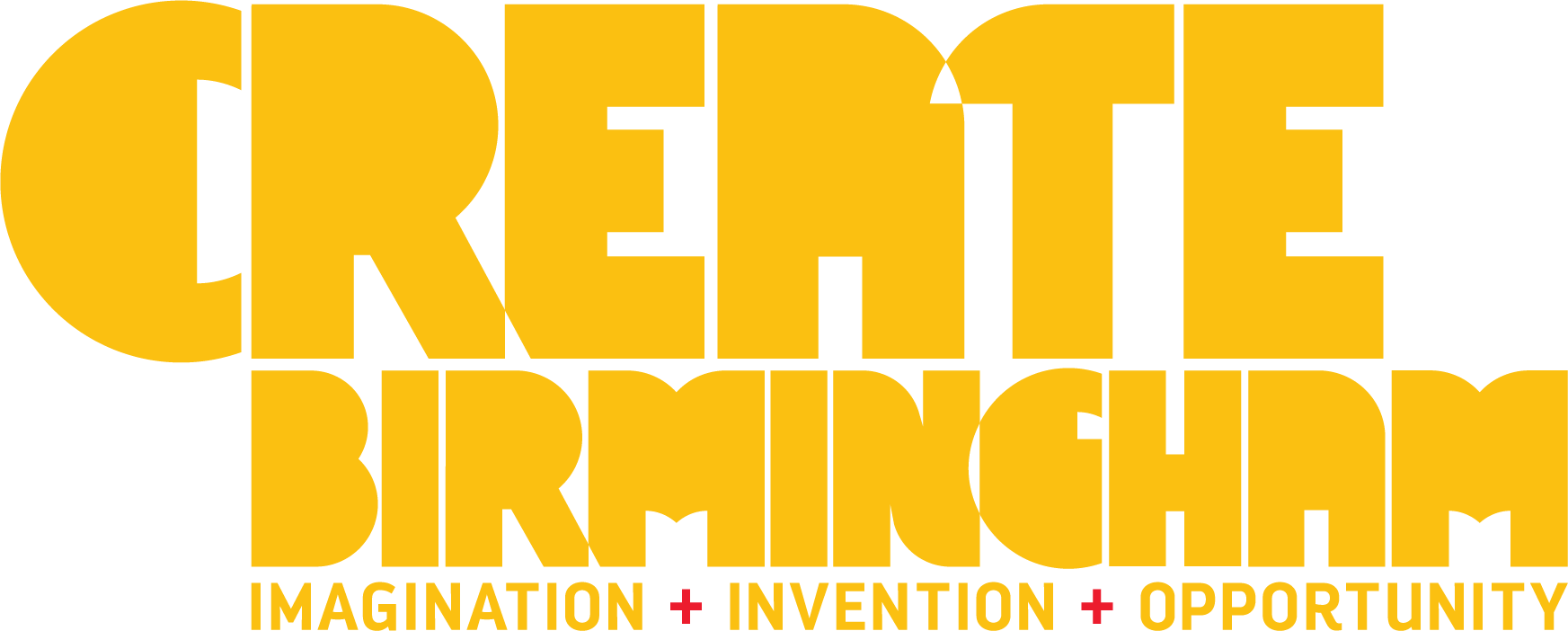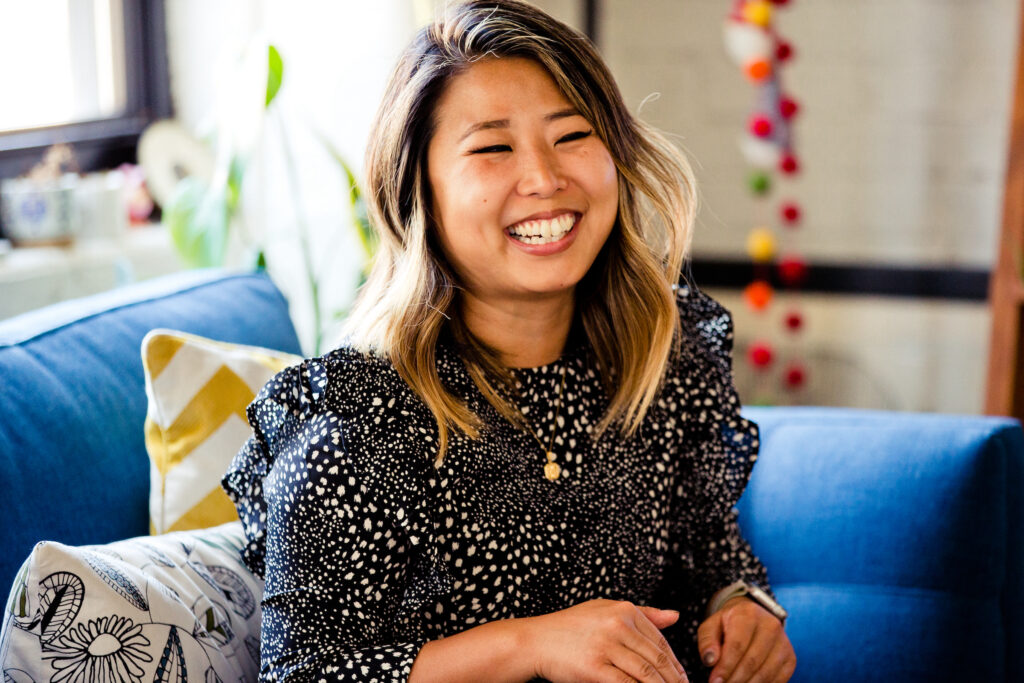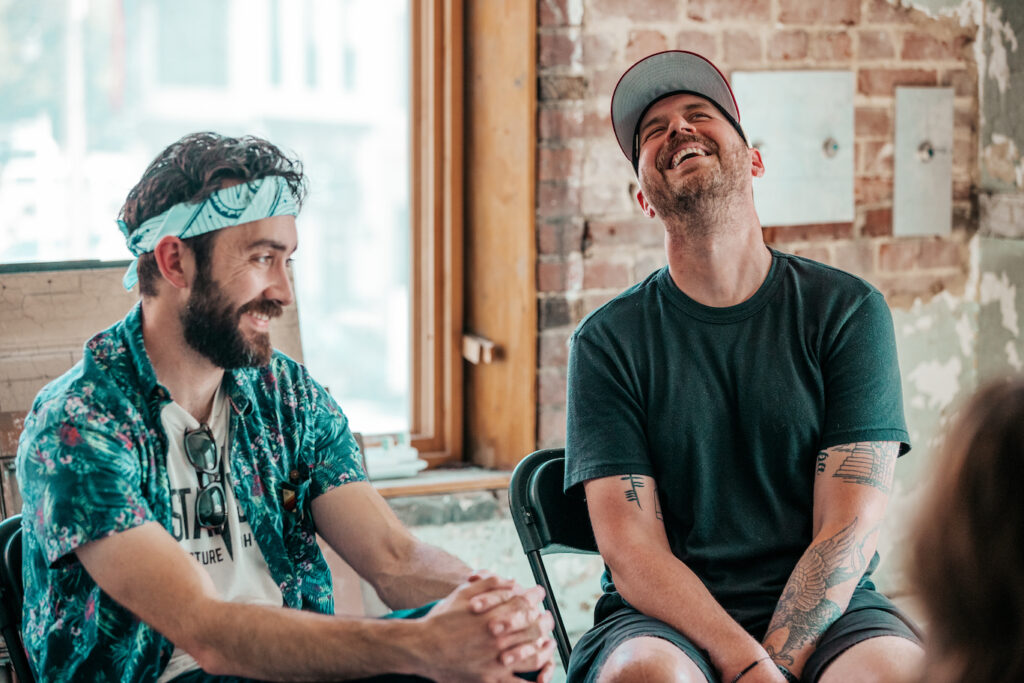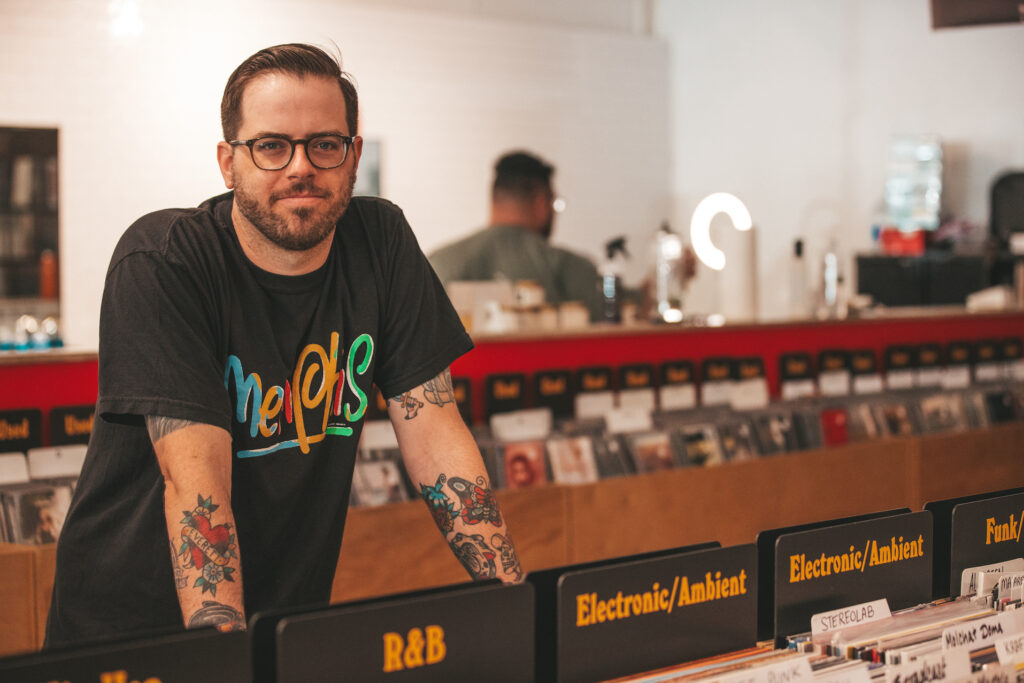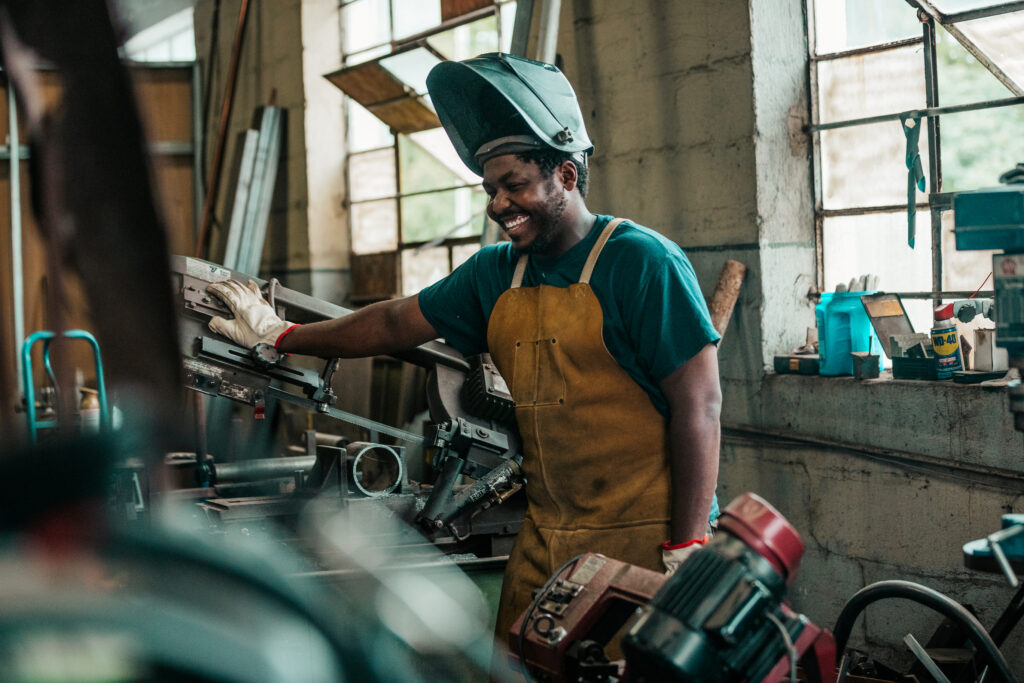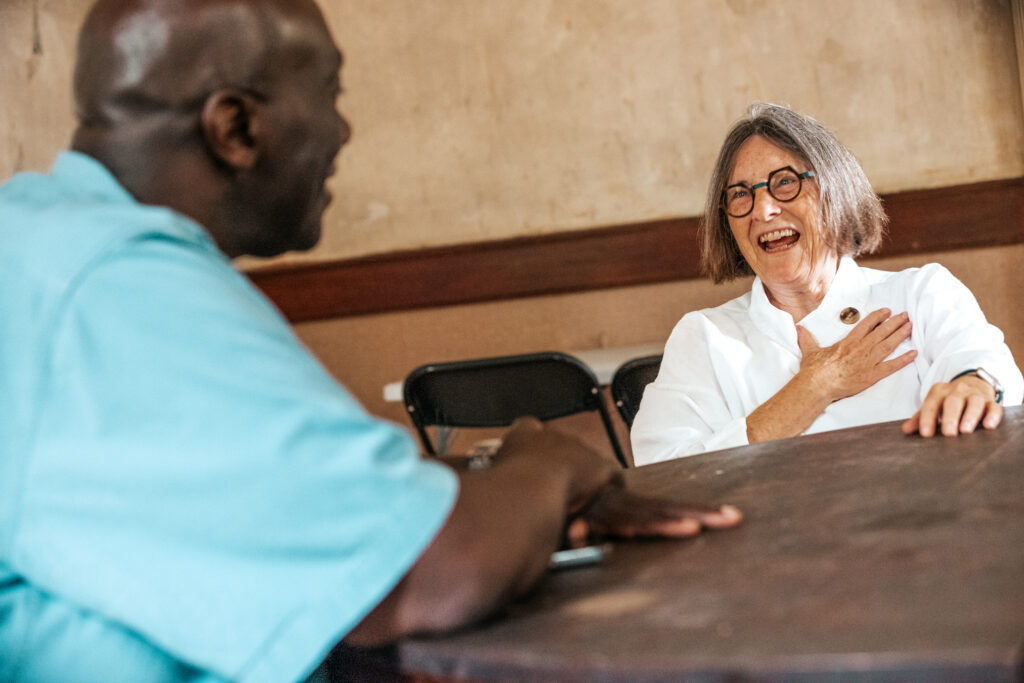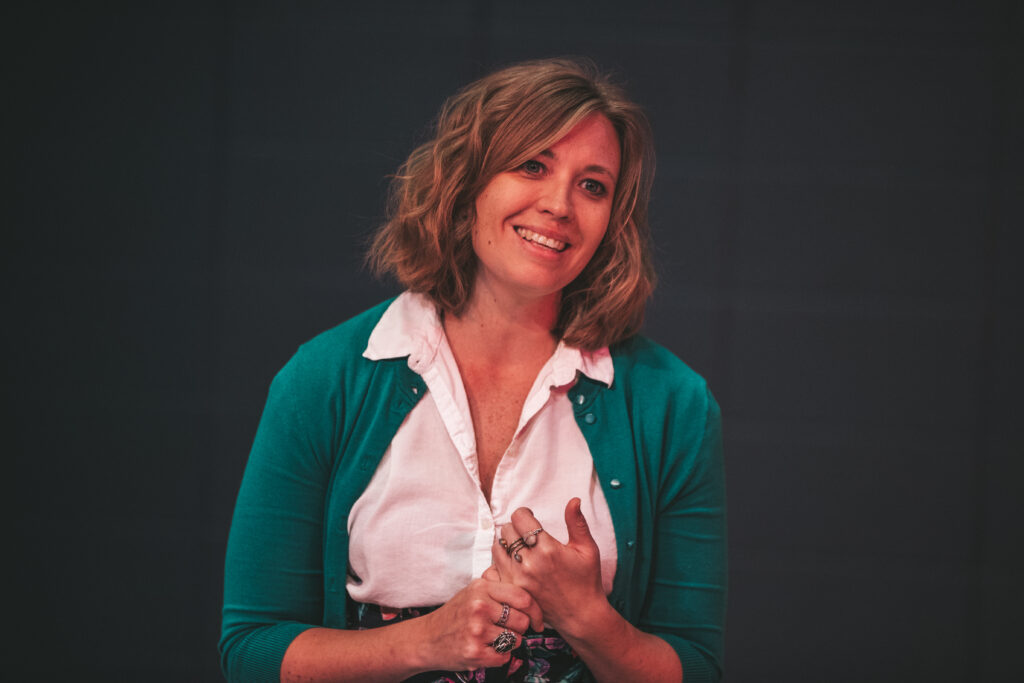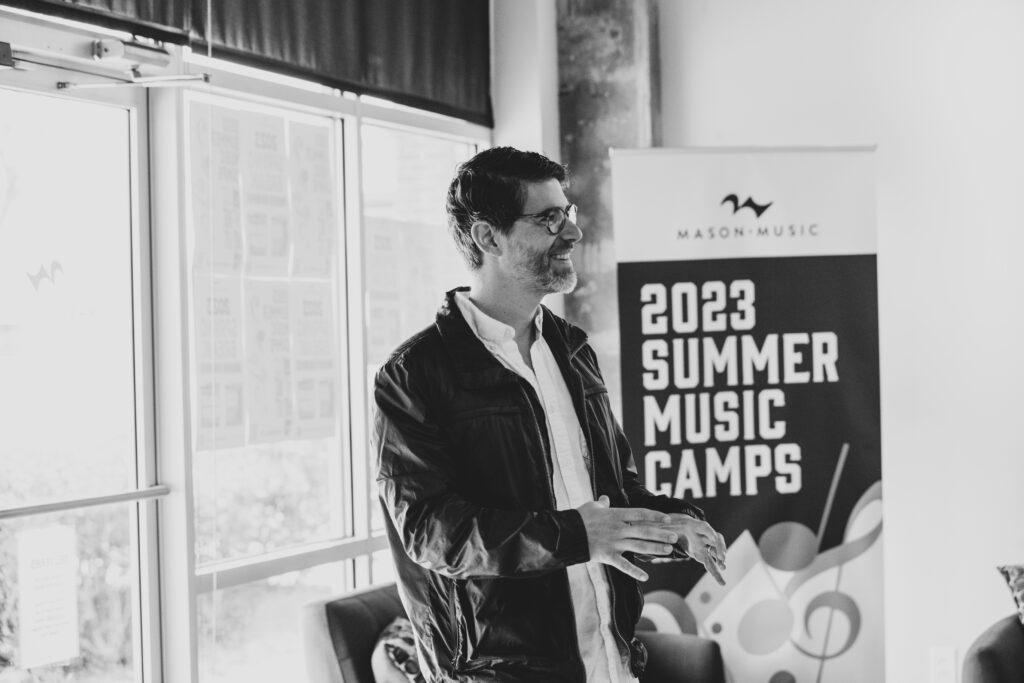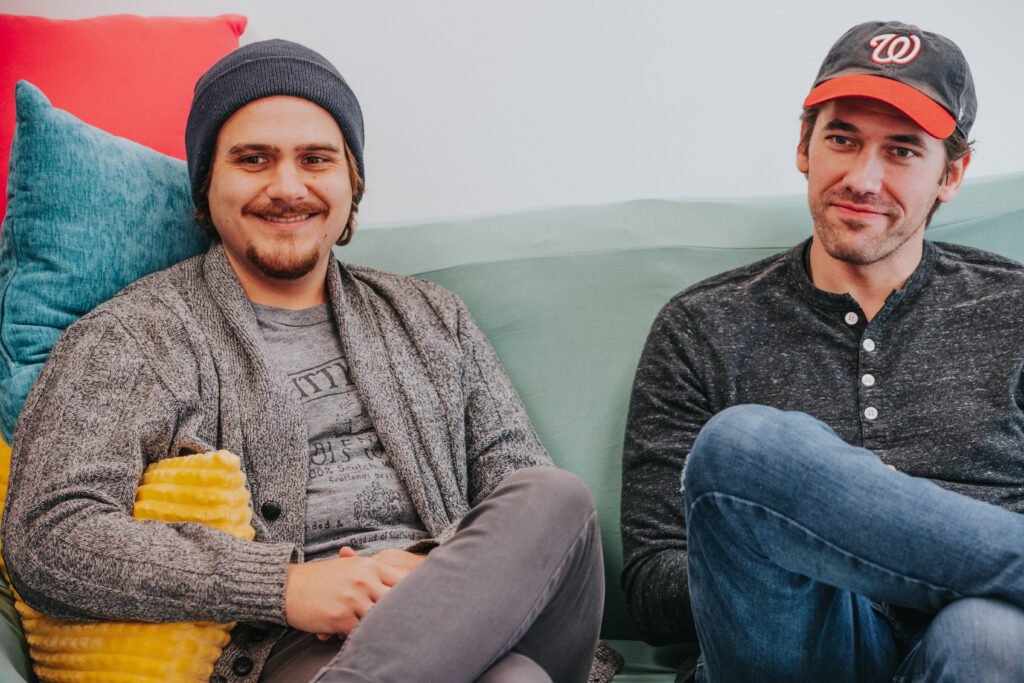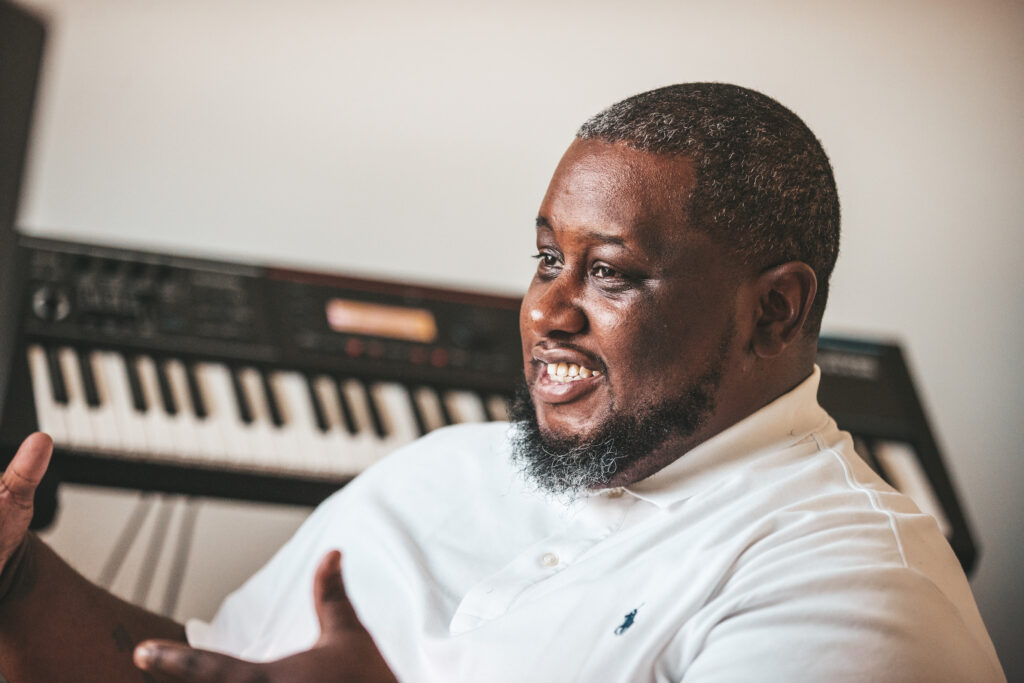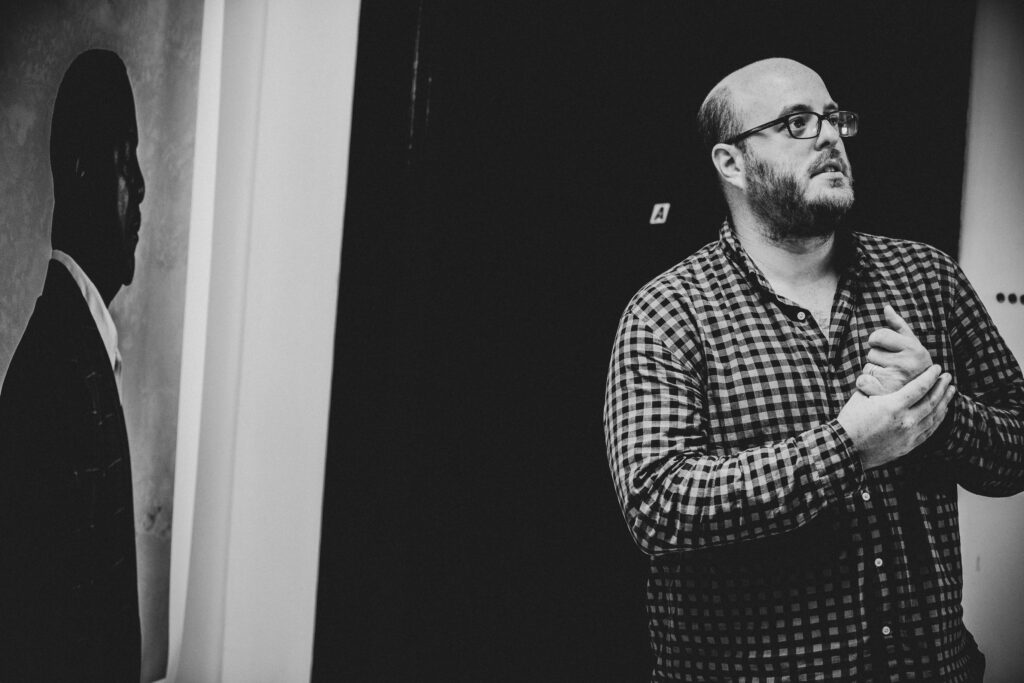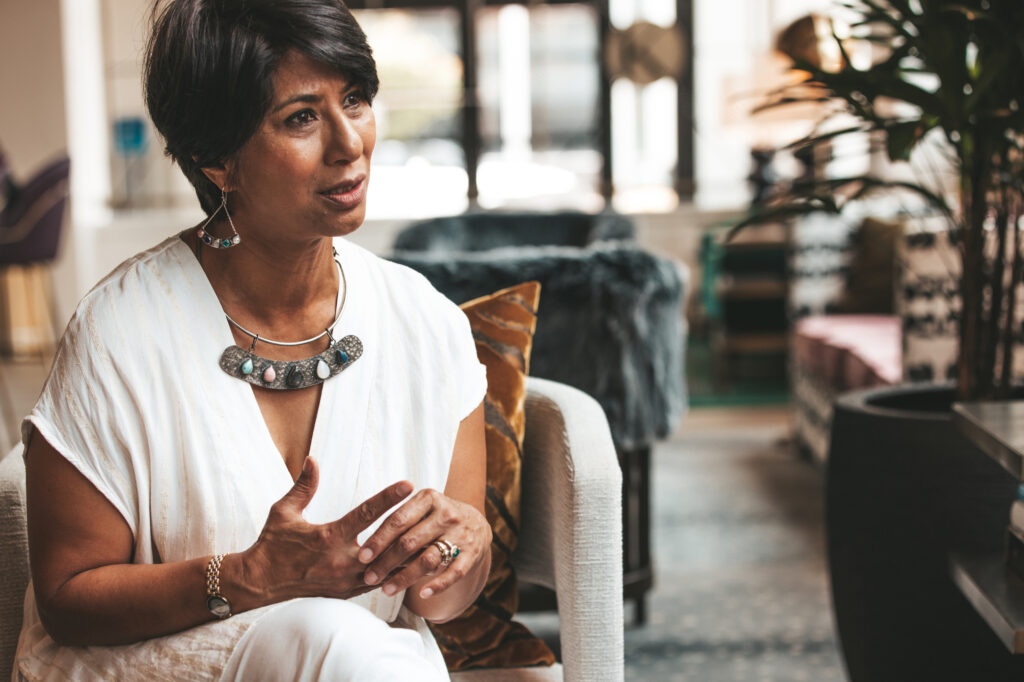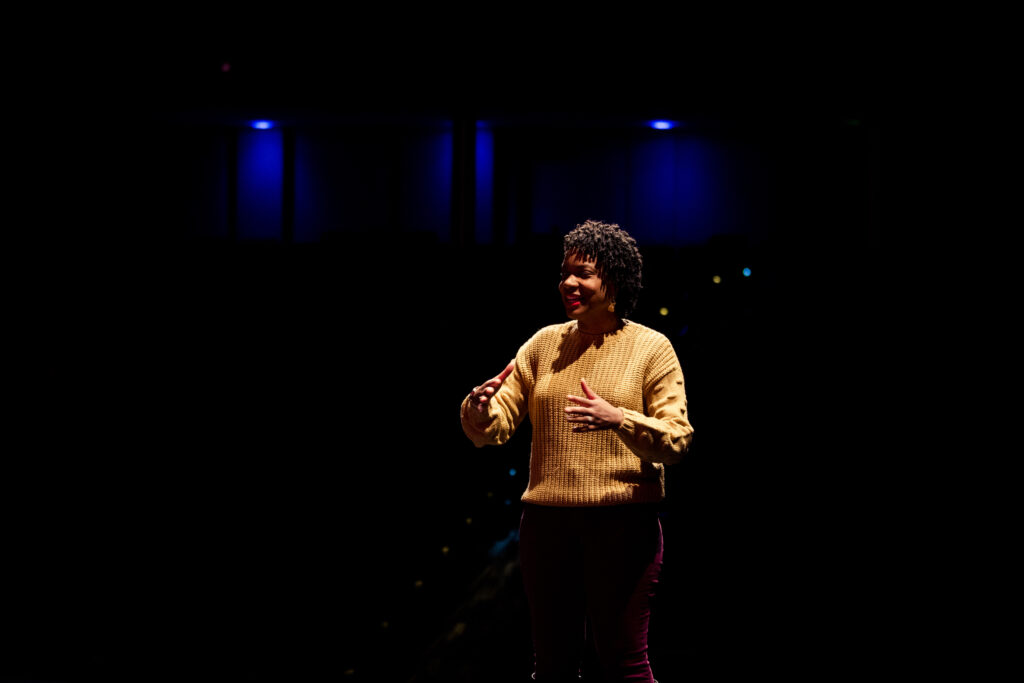Interview by Tonia Trotter
Photos by Ambre Amari
From film festivals to tech startups, investment firms, news and utility providers, products and services, and nonprofit organizations, imagery and branding play a major role in how we relate to the world around us. Graphic designer Min Sun Lee is responsible for the way we view some of Birmingham’s most recognizable ventures. Min splits her time between her freelance work and her role as a professor and the Director of the Graphic Design program at The University of Montevallo and shares with us how her unique experiences and world view led to a creative career that connects academia, art, and commerce.
 You emigrated from Seoul, South Korea to the Midwest before moving to Birmingham. You experienced a lot of major change at a young age. What early experiences and influences shaped your sense of creativity?
You emigrated from Seoul, South Korea to the Midwest before moving to Birmingham. You experienced a lot of major change at a young age. What early experiences and influences shaped your sense of creativity?
There’s a creative gene that runs in my family. My grandfather loved karaoke and painting, and he’d wear these track suits and ride his bike everywhere. He was a hipster before that was really a thing. So, thinking and feeling comfortable living “outside the box” was always a part of my upbringing.
I grew up with a single dad. He was the oldest of six kids, and that’s really important in Korean culture. The oldest son is the one expected to care for and support the parents as they age. My parents divorced when I was four, and in Korean society, there’s a stigma associated with divorce and being a child of divorce. My dad made the decision to emigrate to the United States to better support my grandparents, and I l stayed behind with them from age four to ten. I’d only see my dad once a year, and it was hard to understand at that age.
In Korea, at my elementary school, we were always competing in these art contests centered on civic lessons we were learning in school. I used to paint posters about preventing forest fires and whatnot. At ten, when I moved to the States to live with my dad, art connected us. He drew every day, and I began to draw with him. It was a way for us to bond after all this time apart.
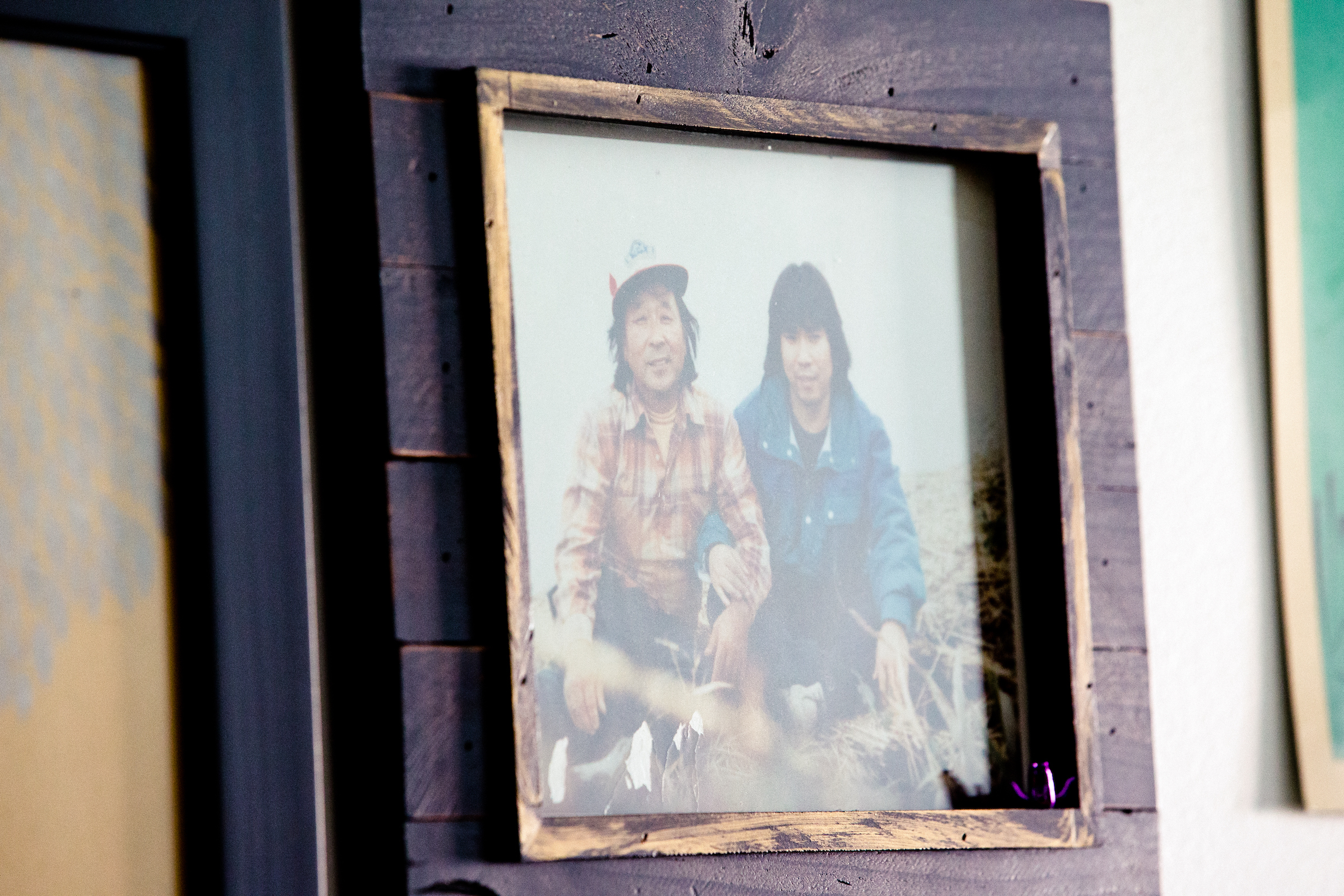 Often, we hear about the children of immigrants feeling pressured to succeed through noncreative pursuits. There’s a lot of focus on science, medicine, and finance with creative ventures viewed as more of a hobby. But you credit your dad with encouraging your artistic talent, and you chose to pursue graphic design as a bridge between two sectors.
Often, we hear about the children of immigrants feeling pressured to succeed through noncreative pursuits. There’s a lot of focus on science, medicine, and finance with creative ventures viewed as more of a hobby. But you credit your dad with encouraging your artistic talent, and you chose to pursue graphic design as a bridge between two sectors.
Growing up, I had uncles who were encouraging me to be a doctor and trying to sign me up for violin lessons — definitely the stereotypical studious Asian path. I can play “London Bridge,” but that’s the extent of my musical knowledge. Although, I’ve been thinking of taking lessons again as an adult.
As an undergrad, I actually studied international business for two years. My goal was to be this big boss somewhere and make lots of money, but I hated my accounting courses. My dad encouraged me to pursue art. I was like, “Why? That’s like the poorest thing I could do?!”
I wanted to find a way that my art could be marketable. I considered architecture and interior design, but those programs weren’t available at my school, so I took graphic design and instantly loved it! I loved fine art too, but, to me, that’s more about self-expression. I like working with clients and helping them problem solve. One of my professors encouraged me to go to grad school, and that’s how I ended up here in Birmingham at the University of Montevallo.

You continue to bridge the gap between an academic career and a commercial one. What are the challenging and rewarding moments of having irons in each of those fires?
In addition to being a full-time professor, I’m also the program director for Montevallo’s design program. I also work as a freelance designer, and I am working towards opening an agency this year. I’ve created content and logos for some incredible local businesses and organizations, including the Sidewalk Film Festival.
One of the challenges as a designer is having to accept criticism. It’s part of the job — you have to be adaptable and change things for clients, and my students get that from me for sure. I’ll tell them when something looks bad and why but in a “tough love” kind of way.
When I create something for a brand, and I watch them become successful, that feels rewarding. I typically end up becoming friends with my clients. That connection and feeling like I’m invested in their growth means a lot. And, honestly, it’s exciting to see my work around town and know that I’m creating brand recognition! I love that!
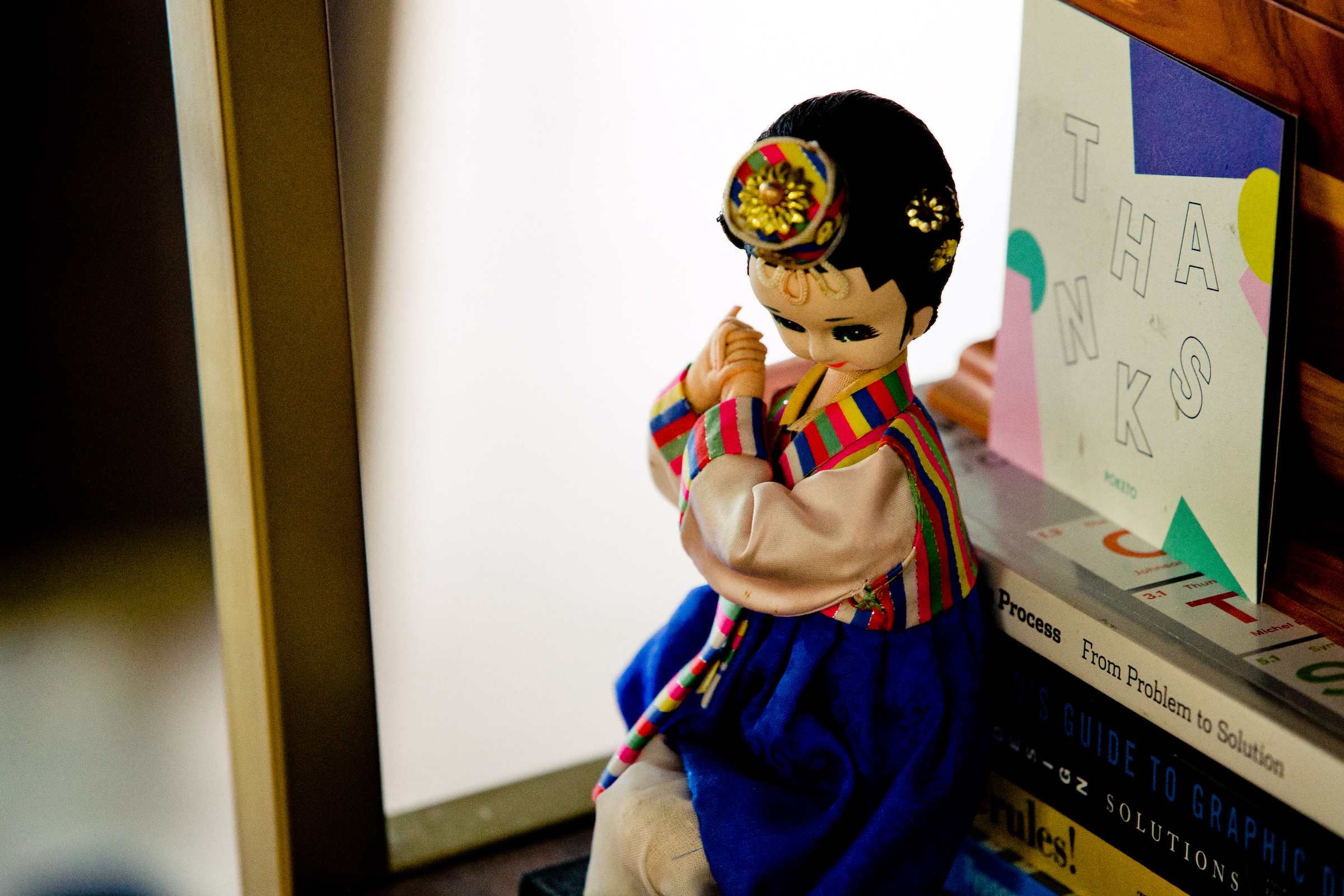 Do you think your personal experience of moving to another country and learning a new language at a young age influenced the way you considered branding and logos?
Do you think your personal experience of moving to another country and learning a new language at a young age influenced the way you considered branding and logos?
When I was little, I always associated Pepsi with the South Korean flag — they’re similar! I assumed Pepsi was Korean, and I thought it was so awesome! When I moved here, I learned otherwise. I didn’t speak any English, and I was one of those kids who was tasked with translating for the adults in my family. I do think that brand recognition played an important part in understanding and connecting to a different culture.
 Our most celebrated global brands are associated with iconic imagery — Nike, Coca-Cola, Apple… What inspires you when you are working with clients?
Our most celebrated global brands are associated with iconic imagery — Nike, Coca-Cola, Apple… What inspires you when you are working with clients?
It’s not just the logo that makes a brand but the experience. People connect an experience with a logo. Take the Apple symbol, for example, and the way it relates to the creation story of the “tree of knowledge.” It’s about the power of knowledge. I study my clients, their clients, and their style patterns. I don’t want to just create something pretty. I want to help tell their story.
